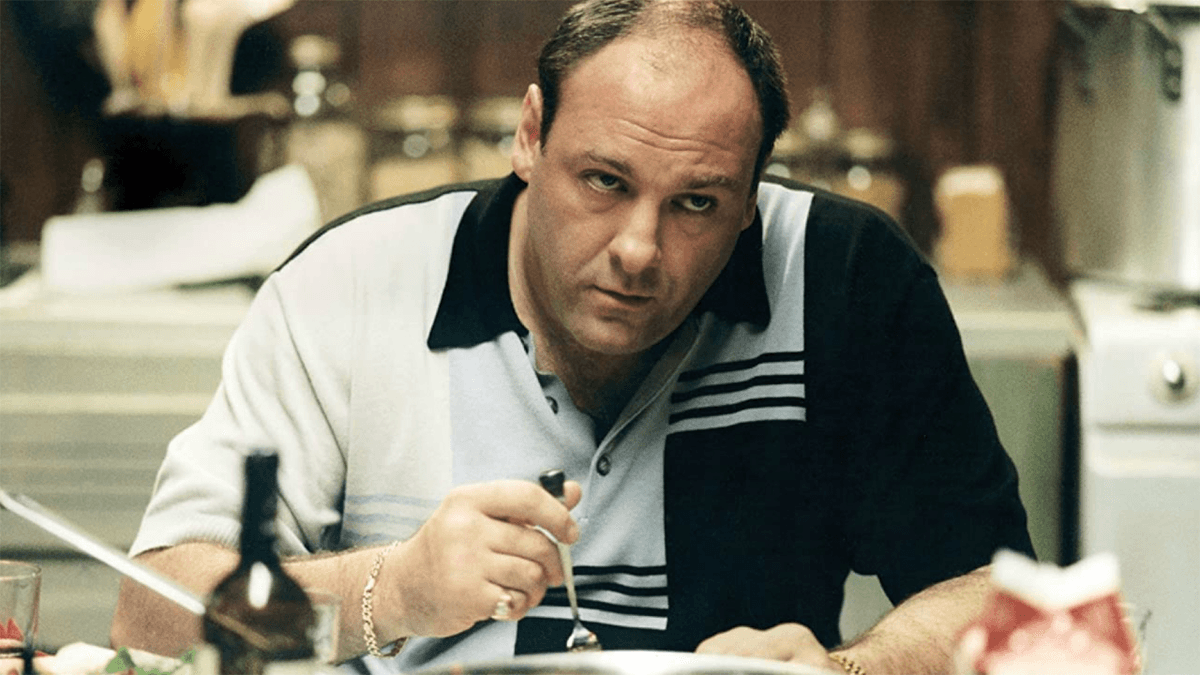Sebastião Salgado: The Gaze that Sees the Soul of the World
Between documentary photography, environmental activism, and the timeless aesthetic of black and white, Sebastião Salgado has built a legacy that transcends borders and touches the heart of humanity.
The Origins of a Visual Giant
Sebastião Ribeiro Salgado Júnior was born in Aimorés (MG), in 1944, surrounded by the noise of the Vitória-Minas Railway tracks and the aroma of coffee that fueled local commerce. The son of a grain merchant, he experienced the rhythm of the fields and rural workers from a young age, memories that would later influence one of his most intimate projects.
In the 1970s, Salgado worked as a economist for the International Coffee Organization, in London. On a mission in Africa, he borrowed his wife Lélia Wanick Salgado's Leica camera and captured the daily lives of local communities. It was then that he understood: his path was behind the lens. In 1973, he became a freelance photojournalist.
Photo taken from the series Exoduses, depicting migrants seeking refuge
Activism, Exile, and Marighella: The Fight Before the Lens
Long before photographing refugees, Salgado was already fighting against repression in Brazil. In the 1960s, he and Lélia were involved in resistance movements against the Military Dictatorship (1964–1985). They maintained close ties to figures of armed struggle, such as Carlos Marighella, leader of the National Liberation Action (ALN).
The repression forced the couple into exile in France in 1969. There, Salgado worked as an economist, but never stopped observing the world with unease. From political resistance was born the militant photographer — one who would make the image a weapon for denunciation.
"I am not neutral in the face of human suffering. My photography is political." — Sebastião Salgado
"Other Americas": The Global South in Black and White
Between 1977 and 1984, Salgado traveled through Brazil, Bolivia, Peru, Ecuador, Guatemala, and Mexico. From this deep dive came the book "Other Americas" (1986), his first major authored work. In black and white, with an almost spiritual intensity, the photographer portrayed peasants, indigenous people, religious rituals, and the invisible poverty of Latin America.
Salgado did not observe from afar. He lived with the communities,{
See others like this





